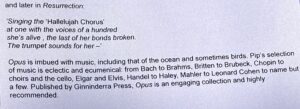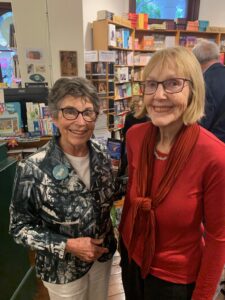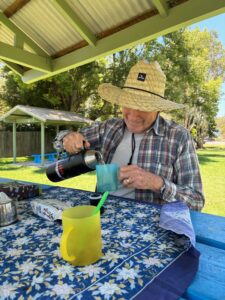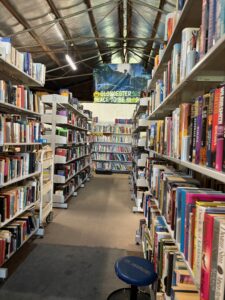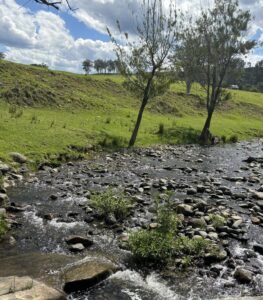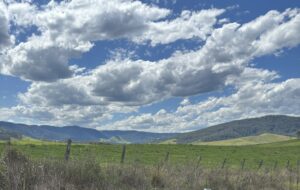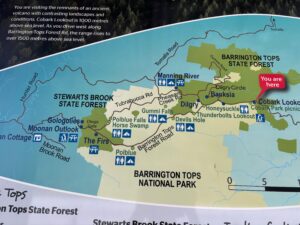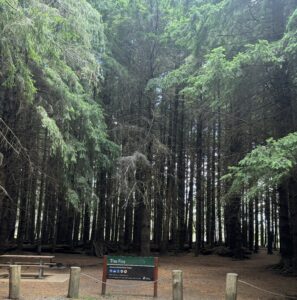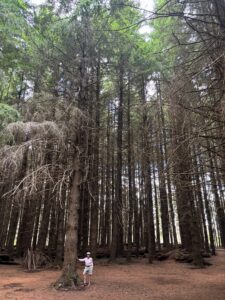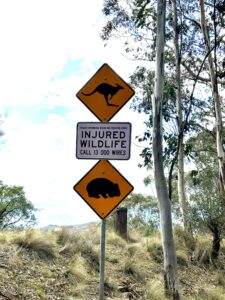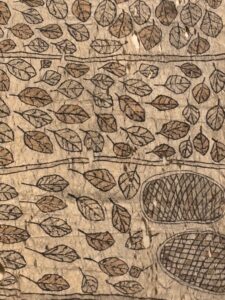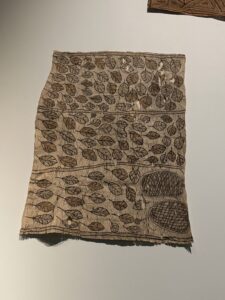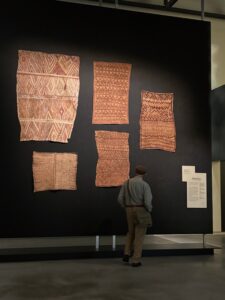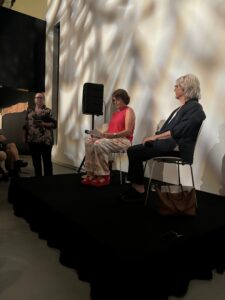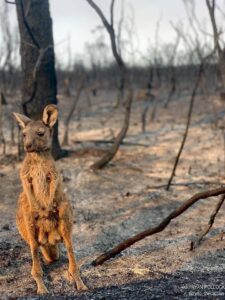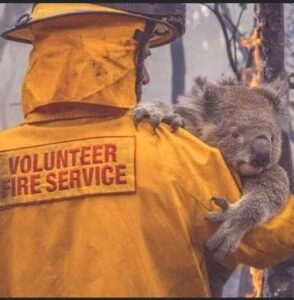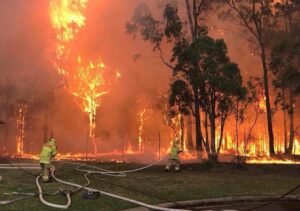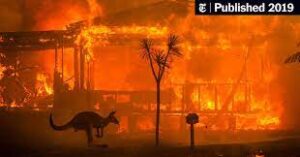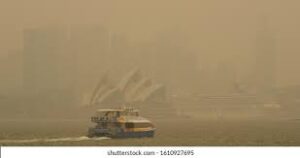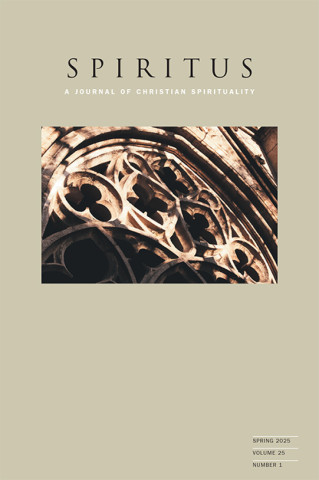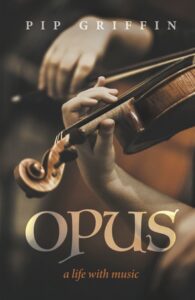
A REVIEW by Colleen Keating publ. in Womens Ink Journal Summer 2023
What more powerful way to reflect on your journey of life than entwined with the memory of music. Exquisitely wrought, Pip Griffin’s Opus: a life with music, gives us snapshots, sometimes softened, sometimes shocking but always honed and beautifully crafted, revealing the deep perception and intimacy we have come to know in her poetry. Using music to unearth memories of her life, these poems are infused with frankness and authenticity. With themes of love, betrayal, loss, nostalgia and resilience we experience the connection between music and the human spirit, as in the poem, Mahler 1:
His genius still draws bows
across my body as I sit with seagulls
in winter sunlight
and in a moment of serendipity in a later poem, Philip Glass in Florence:
Glass begins to play
his layered, hypnotic compositions
his fingers entrancing us
into a fourth dimension
and we are reminded of the universal solace that music can offer in fraught, fragmented times of conflict:
you took the vinyl record from its sleeve
compelling us to sit and listen
to the gentle swelling harmonies
letting Vaughan Williams sing us back
until our souls returned
This collection of poetry is divided into seven sections. In the section called Air on a G String, Pip writes of the funeral after the tragic death of her sister:
Though her funeral service is a blur
the music lives forever in my body
soundtrack to her sudden violent death
In the poem Keeper we hear the connection between mother and music:
At thirteen I’ve become her keeper –
my best friend whom I adore
who chivvies me to practice scales
. . .
whose own ambitions dribbled away
like the gin I watch
drain slowly down the kitchen sink.
and later in Resurrection:
Singing the ‘Hallelujah Chorus’
at one with the voices of a hundred
she’s alive , the last of her bonds broken.
The trumpet sounds for her –
Opus is imbued with music, including that of the ocean and sometimes birds. Pip’s selection of music is eclectic and ecumenical: from Bach to Brahms, Britten to Brubeck, Chopin to choirs and the cello, Elgar and Elvis, Handel to Haley, Mahler to Leonard Cohen to name but a few. Published by Ginninderra Press, Opus is an engaging collection and highly recommended.
Colleen Keating

